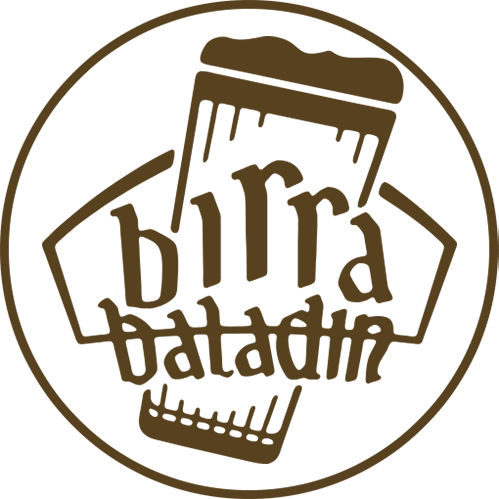Hybrid yeast
Professor Duccio Cavalleri has a PhD in Genetics and is researcher and associate professor in Microbiology at the department of Biology of the University of Florence.
He is acknowledged by the international scientific community as one of the top experts in yeast studies. During his work as team leader at the prestigious University of Harvard in the US, he carried out research on the genetics and genomics of natural yeasts.
He has been cooperating with Baladin for many years, initially to study and experiment with the interaction between sound waves and the molecular composition of yeast - which has been demonstrated and will be further investigated to define its possible applications. Recently, their joint effort has focused on an ambitious project which we believe is very interesting for the wider community of beer makers, particularly in Italy.
The idea is to map the Italian yeasts that can give a geographical characterization to the end product and, most importantly, can be hybridized with the goal of creating optimal strains for the purposes of the master brewer - both in functional terms and to define specific aromatic profiles.
This is all done with natural methods, without using any GMOs (genetically modified organisms).
And here lies the revolution, the discovery of professor Cavalleri which becomes reality thanks to an insect: the WASP, and more specifically the hornet.
At the Baladin labs, we are experimenting with these natural hybridizations, that can be interesting for beer-making, starting from the yeasts owned by the brewery and crossing them with other strains.
The hybridizations happen in the wasp’s bowel: it might be seen as an ideal alcove where the yeast can mate and reproduce, generating hybrids. Normally yeasts are "lazy” when it comes to naturally mating, while here they find highly favorable conditions.


